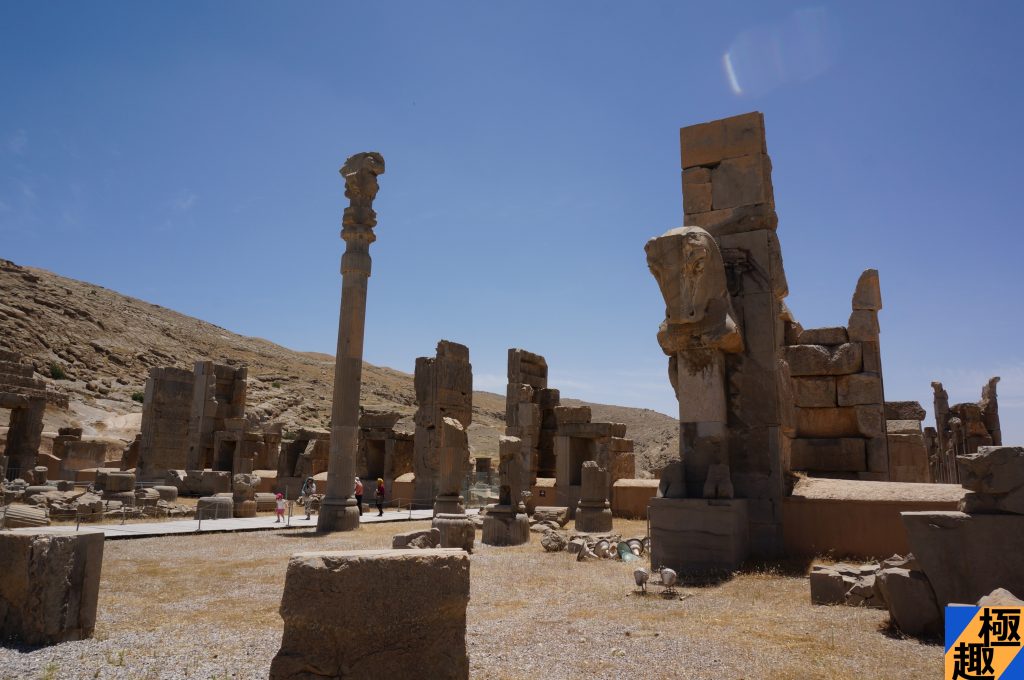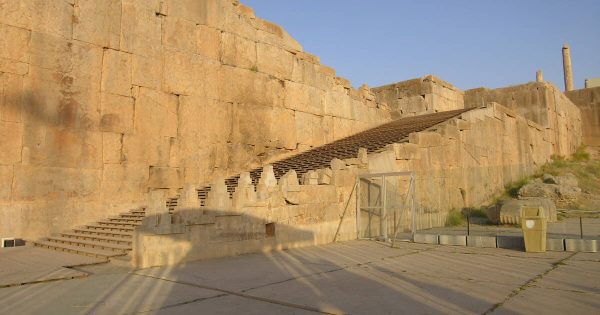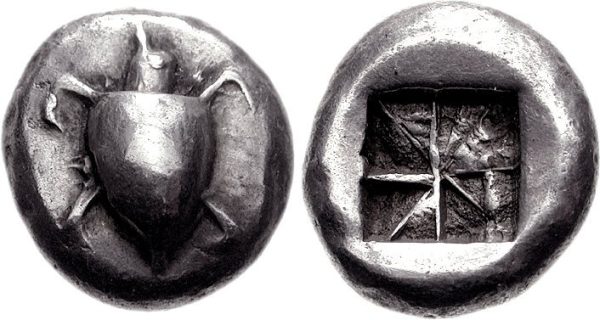Persepolis is a magnificent ancient city ruin that glorifies the glory of ancient Persia. The magnificent architecture, sculptures, and murals that come to life convey the prosperity and culture of the former Persian Empire. It is a testament to the prosperity and culture of the Persian Empire and a breath of history for visitors.

Persepolis is a marvelous site that once flourished as the political and religious center of the ancient Persian Empire. It was built around 500 BC by the Achaemenid king Darius I. This magnificent city was expanded by Darius I and his successors, reaching its peak under Xerxes I.
In the center of Persepolis was a huge terrace, on which were built splendid palaces and temples. The most famous is the Apadana Palace, built around a large garden. The palace was used for lavish ceremonies and political meetings of the kings, and its beauty and grandeur overwhelmed the people of the time.
In addition, the wall paintings and reliefs of Persepolis are attracting attention as important materials that convey the culture and history of the Persian Empire. Carved figures of kings and gods, scenes of victory, and depictions of various banquets and ceremonies testify to the glory and prosperity of Persia at that time.
A visit to Persepolis reveals the majesty and might of a former dynasty. Its magnificent architecture and beautiful carvings provide a rare opportunity to relive the glory of ancient Persia.
Breathtaking grandeur
Persepolis will amaze you with its overwhelming vastness. The part of the royal palace that was built on this large site is still standing, and it tells the tragedy of the fire at that time.
It is also attractive that the current ruins have hardly retained their original form, and that the cause is said to have been the disappearance of a fire. The reason for the fire has not been determined, and it is not clear whether the fire was an accident or intentional as revenge.
The city of Pompeii in Italy was buried in a large amount of volcanic ash and pumice stone after a volcanic eruption. This may be the reason why it is so different from natural phenomena.
So far, it is my favorite World Heritage Site in the world. Anyway, it was a masterpiece.
Iran is very hot, and if you walk around in the daytime, you may collapse from dehydration and heat stroke. Due to the collapse of the building and the vast site, the shaded areas are quite limited.
Please visit the morning market right after the park opens. The vast grounds, the few buildings and facilities left behind by the collapsed royal palace, and the fresh air make you feel the great history that cannot be expressed in words. In order to enter the park first thing in the morning, I hurriedly stayed at a nearby hotel.
 Be One hobbyist
Be One hobbyist 


